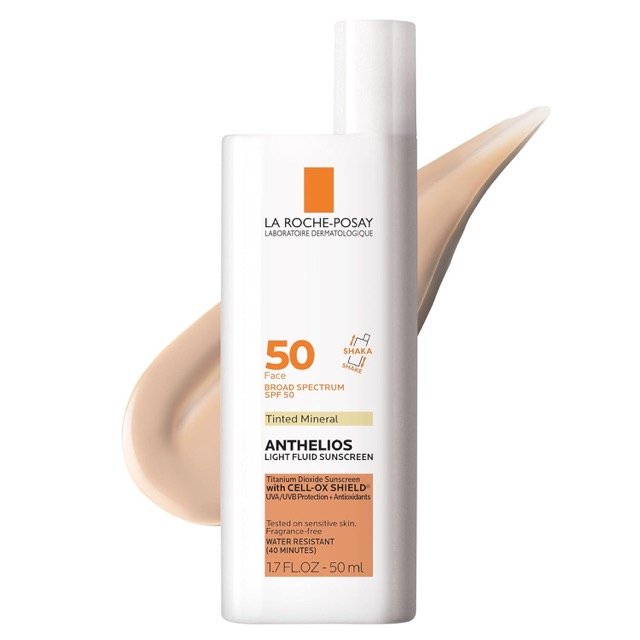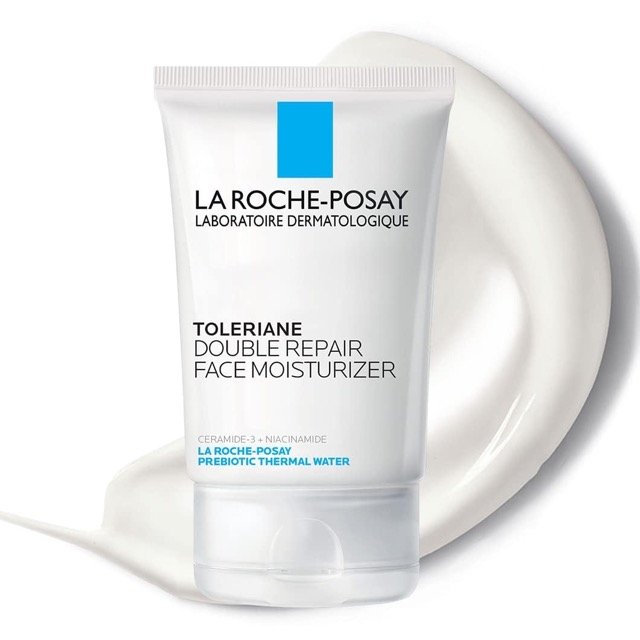Octaplex (Protein C Concentrate derived from human plasma) is indicated in the treatment of purpura fulminant and venous thrombosis secondary to protein C deficiency.
Octaplex (Protein C Concentrate) Uses:
-
Severe congenital protein C deficiency:
- It is used for the prevention and treatment of venous thrombosis and purpura fulminans in adults as well as pediatric patients with severe congenital protein C deficiency.
Octaplex (Protein C Concentrate) Dose in Adults
- Patient variables (including age, clinical condition, the severity of protein C deficiency, and plasma levels of protein C) will affect the dosing and duration of therapy.
- Individualize frequency, duration, and dose based upon protein C activity and patient pharmacokinetic profile.
Octaplex (Protein C Concentrate) Dose in the treatment of severe congenital protein C deficiency:
-
Acute episode/short-term prophylaxis:
- Initial dose:
- at 100 to 120 units/kg (for determination of recovery and half-life)
- Subsequent 3 doses: at 60 to 80 units/kg every 6 hours (adjust to maintain peak protein C activity of 100%)
- Maintenance dose:
- at 45 to 60 units/kg every 6 or 12 hours (adjust to maintain recommended maintenance trough protein C activity levels about >25%)
- Initial dose:
-
Long-term prophylaxis:
- Maintenance dose:
- 45 to 60 units/kg every 12 hours (recommended maintenance trough protein C activity levels >25%)
- Maintenance dose:
Note:
- Target peak protein C activity of 100% should be maintained during acute episodes and short-term prophylaxis.
- After resolution of the acute episode or for long-term prophylaxis, maintain trough levels of protein C activity more than 25%.
- Higher peak levels of protein C may be required in prophylactic therapy of patients at high risk for thrombosis (eg, infection, trauma, or surgical intervention).
- If a patient is shifted to an oral anticoagulant, continue protein C replacement until the stable anticoagulation level is obtained.
- Initiate the oral anticoagulant initially at a low dose and adjust incrementally, rather than using a standard loading dose.
Octaplex (Protein C Concentrate) Dose in Childrens
Note:
- Patient variables (including age, clinical condition, and plasma levels of protein C) will affect dosing and duration of therapy.
- Individualize dosing based upon protein C activity and patient's pharmacokinetic profile.
Octaplex (Protein C Concentrate) Dose in the treatment of severe congenital protein C deficiency:
-
Infants, Children, and Adolescents:
-
Acute episode/ short-term prophylaxis:
- Initial dose:
- 100-120 units/kg/dose (for determination of recovery and half-life) followed by subsequent 3 doses: at 60-80 units/kg/dose every 6 hours adjusted to maintain peak protein C activity of 100%
- Maintenance dose:
- at 45-60 units/kg/dose every 6 or 12 hours titrated to maintain recommended maintenance trough protein C activity levels >25%
- Initial dose:
-
Long-term prophylaxis:
- Maintenance dose: at 45-60 units/kg/dose every 12 hours (recommended maintenance trough protein C activity levels >25%)
-
Note:
- Target peak protein C activity of 100% should be maintained during acute episodes and short-term prophylaxis.
- Maintain trough levels of protein C activity >25%.
- Higher peak levels of protein C may be required in prophylactic therapy of patients at high risk for thrombosis (eg, infection, trauma, surgical intervention).
Purpura fulminans secondary to meningococcemia:
-
Infants >1month, Children, and Adolescents:
- IV: at 100-150 units/kg/dose every 6 hours for 72 hours then at 50-150 units/kg/dose every 12 hours until target symptom/sign resolution or treatment duration reaches 7 days.
Pregnancy Risk category C
- Purified human plasma contains Protein C Concentrate.
Protein C use during breastfeeding:
- Purified human plasma contains Protein C Concentrate.
- According to the drug manufacturer breastfeeding during treatment should be considered in light of the risks to infants and the benefits to mothers.
Octaplex (Protein C Concentrate) Dose in Kidney disease:
- There are no dosage adjustments provided in the drug manufacturer's labeling (has not been studied); monitor closely for sodium overload.
Octaplex (Protein C Concentrate) Dose in Liver disease:
- There are no dosage adjustments provided in the drug manufacturer's labeling.
Side effects of Octaplex (Protein C Concentrate):
-
Hematologic & oncologic:
- Major hemorrhage
-
Hypersensitivity:
- Hypersensitivity reaction
Contraindications to Octaplex (Protein C concentrate):
- The labeling of the drug manufacturer does not list any contraindications.
Warnings and precautions
-
Heparin-induced hemocytopenia (HIT).
- If there are trace amounts of heparin in the formulation, it may cause HIT. In such cases, an evaluation of platelet count is performed.
-
Hypersensitivity reactions
- It may contain trace or very little mouse protein and/or Heparin. Discontinue use in the presence of hypersensitivity/allergic reactions.
-
Renal impairment
- Patients with impaired renal function should be cautious; patients are closely monitored for sodium overload.
Monitoring parameters:
- Protein C activity (chromogenic assay) before and during therapy;
- signs and symptoms of bleeding;
- hemoglobin/hematocrit,
- PT/INR,
- platelet count;
- signs and symptoms of sodium overload in patients with renal disorder.
How to administer Octaplex (Protein C Concentrate)?
IV:
- Administer by intravenous injection at a rate not to exceed than 2 mL/minute.
- In infants and children <10 kg, the administration should not exceed a rate of 0.2 mL/kg/minute.
- The administration must be completed within 3 hours of solution preparation.
Mechanism of action of Octaplex (Protein C Concentrate):
- Converted to activated proteins C (APC).
- APC is a serine protease which inactivates factors VIIIa and Va, limiting the formation of thrombotic plaques.
- In vitro data suggest that inhibition of plasminogen activate inhibitor-1 (PAF-1) may result in profibrinolytic activities, inhibition of macrophages producing tumor necrosis factors, blocking of leukocyte adhesion and limitation of thrombin-induced inflammation.
Notice:
- There are limited data suggesting that infants and very young kids may have a quicker clearance, lower serum concentration and AUC, greater volume of distribution and a shorter half-life.
The onset of action:
- 30 minutes
Metabolism:
- Activated protein C (APC) inactivated by plasma protease inhibitors
Half-life elimination:
- Median: 9.8 hours;
- range: 4.9 to 14.7 hours
Time to peak plasma concentrations:
- 0.5 hours;
- range: 0.17 to 1.33 hours
International Brands of Protein C concentrate:
- Ceprotin
- Octaplex
- Protexel
Protein C concentrate Brand Names in Pakistan:
No Brands Available in Pakistan.







